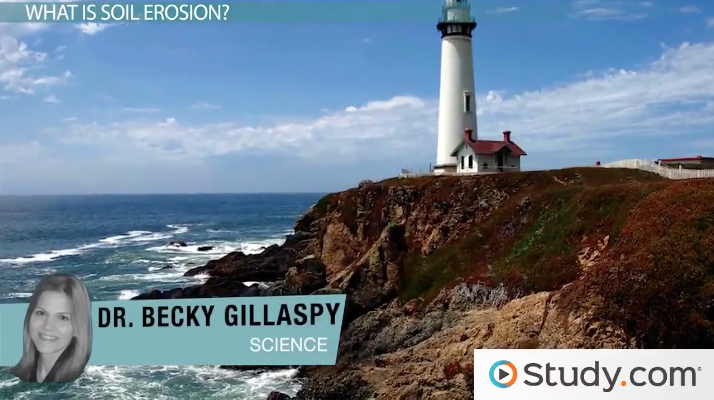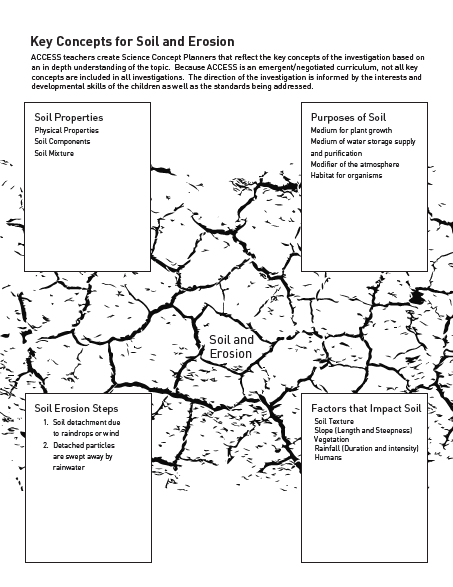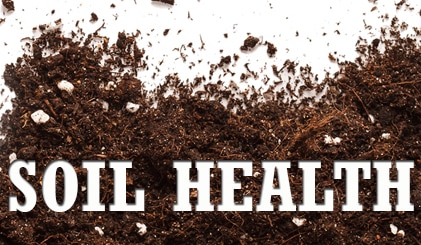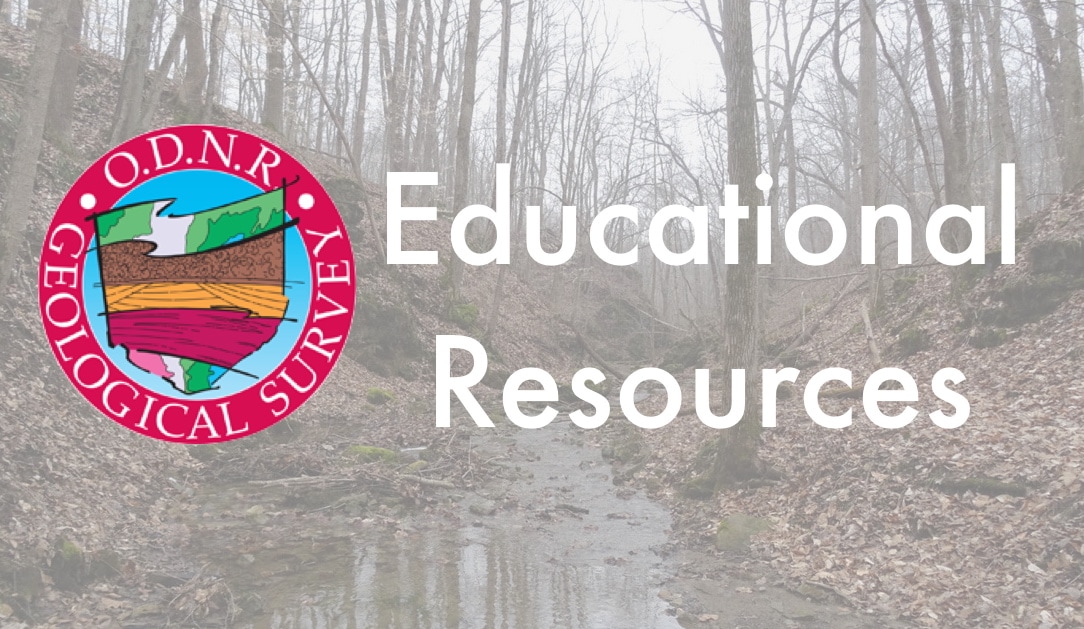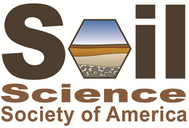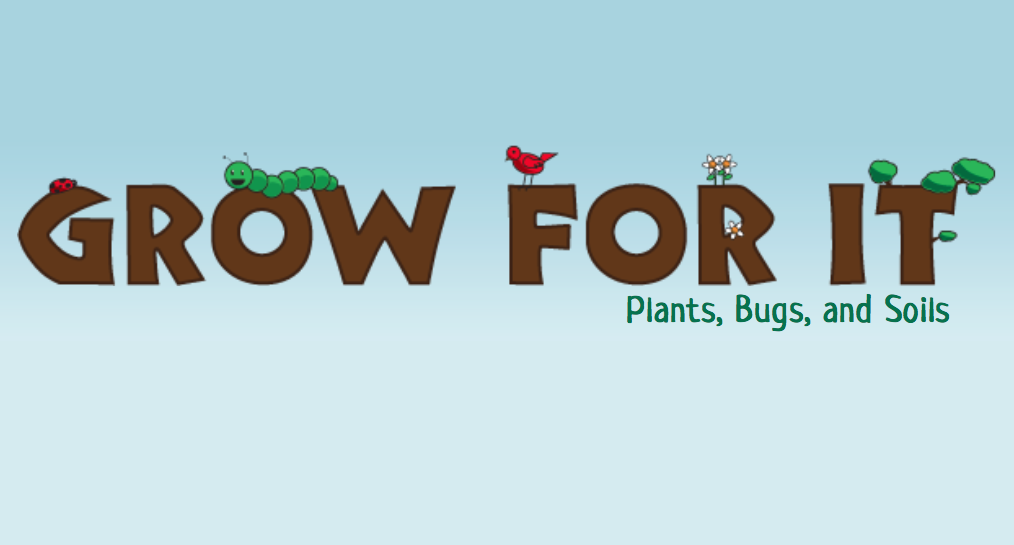Soil is a mixture of minerals, organic matter, gases, liquids and a myriad of micro- and macro-organisms that can support plant life.Physical Properties of SoilFour Purposes of Soil
|
Soil and Soil DynamicsIn this video Paul Andersen explains how soils are formed and classified. Weathering of rock creates particles which are mixed with water, air, and organic material. Soils are classified according to particle size, chemical makeup, and horizon distribution. A brief discussion of soil loss through erosion, compaction, and salinization is included. Find more environment science videos from Bozeman Science here.
|
Soil Erosion is the movement of soil from its source by wind or water to another location.
It most commonly happens in two steps:
|
First soil particles become detached after the impact of raindrops.
Sometimes this detachment happens with a wind event, but most often it occurs with rain.
|
Then detached particles are suspended and swept away downslope in the runoff.
|
Factors that Impact Soil ErosionSoil Texture
Slope (Length and Steepness) Vegetation Rainfall (Duration and intensity) Humans also can have an impact. We sometimes accelerate the erosion process through mismanagement of agricultural lands and the cleaning activities associated with development, mining and logging. Words to KnowPrecipitation Water released from clouds in the form of rain, freezing rain, sleet, snow, or hail.
Infiltration Water that is absorbed by the soil and funneled down to groundwater. Runoff Water that flows over the surface of the earth into rivers and lakes. Groundwater Water that soaks into the the ground and collects in the pores and empty spaces in rocks. Weathering Process that breaks down rock into smaller pieces. Erosion Process of transporting weathered material by natural agents. Abrasion The collision of rocks with other rocks, resulting in the breaking and wearing away of the rocks. Soil Profile A cross-section in which layers of the soil and bedrock can be seen. Bedrock Solid rock that lies beneath the soil Aquifer A layer of permeable rock that lets water move freely Permeable Water can pass through open spaces. Example: sandstone Porosity Percentage of open space in a given volume of rock or sediment Wind Moving air Soil Loose, weathered rock and organic material in which plants with roots can grow A horizon topsoil horizon that is generally gray to black, contains organic material (litter), the remains of living things (humus) B horizon subsoil horizon that is lighter in color, the rock has been weathered into fine grains, material moves into this layer by leaching C horizon horizon made of partially weathered bedrock, the bottom horizon Water Table upper level of the saturation zone Slump when a mass of material slips down a curved surface Creep occurs when sediments slowly shift their position downhill Drainage Basin the area of land from which a stream or river collects runoff Find additional Words to Know Here |
Soil Erosion Overview
Content PlannerChildren's Literature |
Resources
|
"Soil is a living and life-giving natural resource.
As world population and food production demands rise, keeping our soil healthy and productive is of paramount importance." Soil Health awareness from the NRCS nrcs.usda.gov |
Extensive educational resources from the Ohio Department of Natural Resources Geological Survey department. geosurvey.ohiodnr.gov
|
Educational resource from the Soil Science Society of America (SSSA), which is a professional scientific society, made up of soil scientists, educators, and consultants focused on promoting soil science, including enhancing soils topics in schools. soils4teachers.org
|
"The Grow For It program is part of North Carolina Cooperative Extension’s 4-H Youth Development program. We hope the resources, projects, workshops provided will grow your own local programming efforts to engage youth in positive learning experiences that spark their curiosity for a lifetime."
www.growforit.org |
Want more in depth content knowledge?
|

